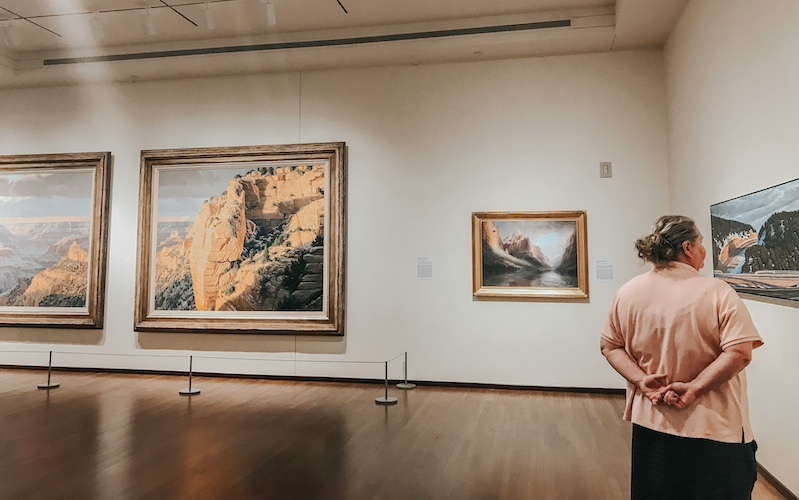 Image credit: Rachel Crosby, Unsplash
Image credit: Rachel Crosby, Unsplash
Build better donation workflows—from first conversation to final stewardship.
Art donations are often driven by passion, legacy, and a desire to give back—but turning good intentions into lasting gifts requires clarity, documentation, and strong communication. In The Art of the Gift webinar, hosted by Artwork Archive with special guest Michael Darling of Museum Exchange, collectors and institutions came together to demystify the donation process and build better workflows—for everyone involved.
Whether you're preparing to donate meaningful works from your collection, or you're an institution stewarding cultural assets for future generations, here are key takeaways and best practices from the conversation:
For Collectors: Set the Stage for a Successful Gift
1. Document Everything Early
Institutions often require detailed documentation to evaluate a donation. Using tools like Artwork Archive, collectors can keep track of:
-
High-res images
-
Provenance and exhibition history
-
Appraisals and fair market value
-
Artist bios and statements
-
Condition notes and legal paperwork
Having this information ready—well before donation talks begin—shows preparedness and speeds up the process.
2. Track Who You’ve Donated To
Maintain a clear record of where your artworks go. With Artwork Archive’s Contacts tool, you can:
-
Store details of past recipients
-
Avoid duplicate outreach
-
Build a history of your philanthropy
This becomes especially valuable when family members or estate advisors revisit your donation history later on.
3. Share Professionally
Instead of sending scattered PDFs or email attachments, Artwork Archive lets collectors share polished reports or private online portals of proposed gifts—making life easier for the institution and giving your donation the thoughtful presentation it deserves.
This is especially helpful for art advisors, who often facilitate the donation process on behalf of clients. With everything centralized and easily shareable, advisors can represent collectors professionally and efficiently.
For Institutions: Steward the Gift with Confidence
1. Centralize Gift Information
Incoming donations come with images, contracts, donor conversations, restrictions, and more. Use a system like Artwork Archive to:
-
Attach deeds of gift and condition reports directly to artwork records
-
Track donor details and gift intentions
-
Keep everything searchable and accessible—even years later
This ensures institutional memory and protects against knowledge loss when staff or leadership changes.
2. Bring the Gift Online Quickly
Once accepted, bring new acquisitions onto your public-facing platform through Artwork Archive’s Public Profile. This:
-
Honors the donor’s contribution
-
Builds trust and transparency
-
Immediately showcases the gift’s value to your audience
3. Stewardship Is More Than Storage
Successful gifts don’t end with a handoff. Keep donors informed, involved, and proud of their contribution by showing how the work is being cared for and shared with the public.
The Common Thread: Communication
Michael Darling emphasized that donation breakdowns often stem from mismatched expectations. But when both parties are equipped with the right tools and a shared understanding of the process, donations become what they’re meant to be: a gift with impact.
Ready to Strengthen Your Donation Workflow?
Explore how Artwork Archive supports both collectors and collecting institutions with tools built specifically for art stewardship, sharing, and legacy planning. Start your free trial or schedule a demo today.




